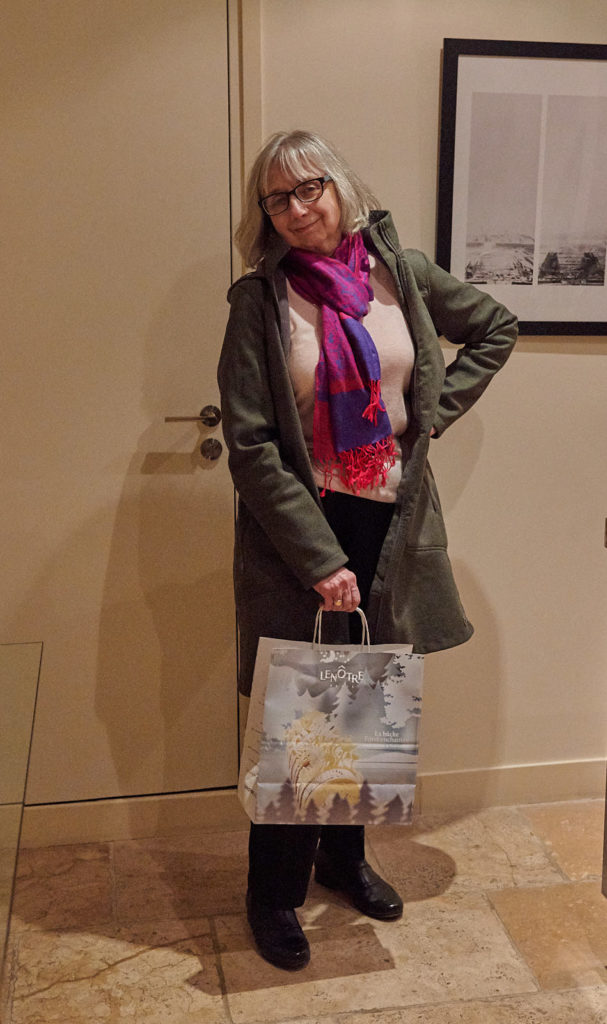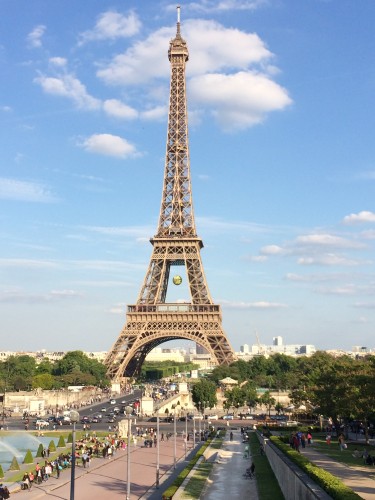I was looking at the cookbook shelves this morning and thought about what I’d deem as the seminal cookbooks of each decade. Each choice had to sum up the food zeitgeist. Some decades were easier than others. Discussion is welcome.
1950’s: The Betty Crocker Picture Cookbook. My mother’s copy of this cookbook is in tatters, she used it so much. I think my sister has it now. I bought a facsimile copy about 20 years ago. The recipes bridge the frugality of the Depression and World War II with the prosperity of the postwar era.
1960’s: Mastering the Art of French Cooking, by Julia Child, Simone Beck, and Louisette Bertholle. This was an easy choice, even though I didn’t get a copy of it until many years later. (I was a child then, what do you expect?) This book shook America from its convenience food torpor and toward a higher plane of cooking.
1970’s: This decade wound up in a tie between Diet for a Small Planet, by Frances Moore Lappé, and The Vegetarian Epicure, by Anna Thomas. Lappé laid down the philosophical basis for eating less meat, while Thomas made going vegetarian palatable. Many of my college friends have both of these books to this day. Honorable mention goes to The Moosewood Cookbook, by Mollie Katzen, because of my time in Ithaca; however, I preferred the long-defunct Cabbagetown Café and its cookbooks by Julie Jordan.
1980’s: The Silver Palate Cookbook, by Sheila Lukens and Julee Rosso. Break out the power suits with shoulder pads and whip up some chicken Marbella. (Confession: I never made chicken Marbella until about 10 years ago.) Raspberry vinegar, a 1980’s ingredient if there ever was one, also figures prominently in the recipes.
1990’s: Taste, by David Rosengarten. This probably seems like an obscure choice to some, but hear me out. Rosengarten was one of the first Food Network celebrities who published a companion book to his show. He predated Emeril, Alton, Paula, Mario, etc. His recipe for Cuban black beans is one of our favorites.
2000’s: This was the most difficult decade for me to pin down. I went with three books. My personal favorite is Pleasures of the Vietnamese Table, by Mai Pham. I bought this book solely for the bun bo Hue recipe, but the other recipes we’ve tried make it a go-to volume. The other two are The Gourmet Cookbook and The Gourmet Today Cookbook, both edited by Ruth Reichl. As some of you will recall, Reichl turned Gourmet magazine from fusty and formal to a more accessible periodical for the times. The Gourmet Today Cookbook had the misfortune of being published just as Condé Nast decided to kill off the magazine.
2010’s: I realize we still have two years left in this decade, but I nominate Plenty, by Yotam Ottolenghi. This is the only book on the list I don’t have (yet), but I do have Jerusalem, by Ottolenghi and Sami Tamimi. Ottolenghi’s books make the Mediterranean diet more exciting than just olive oil, hummus, and pita bread.
As I said, this is just one woman’s opinion. Feel free to chime in with your choices.




Recent Comments